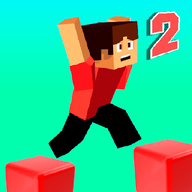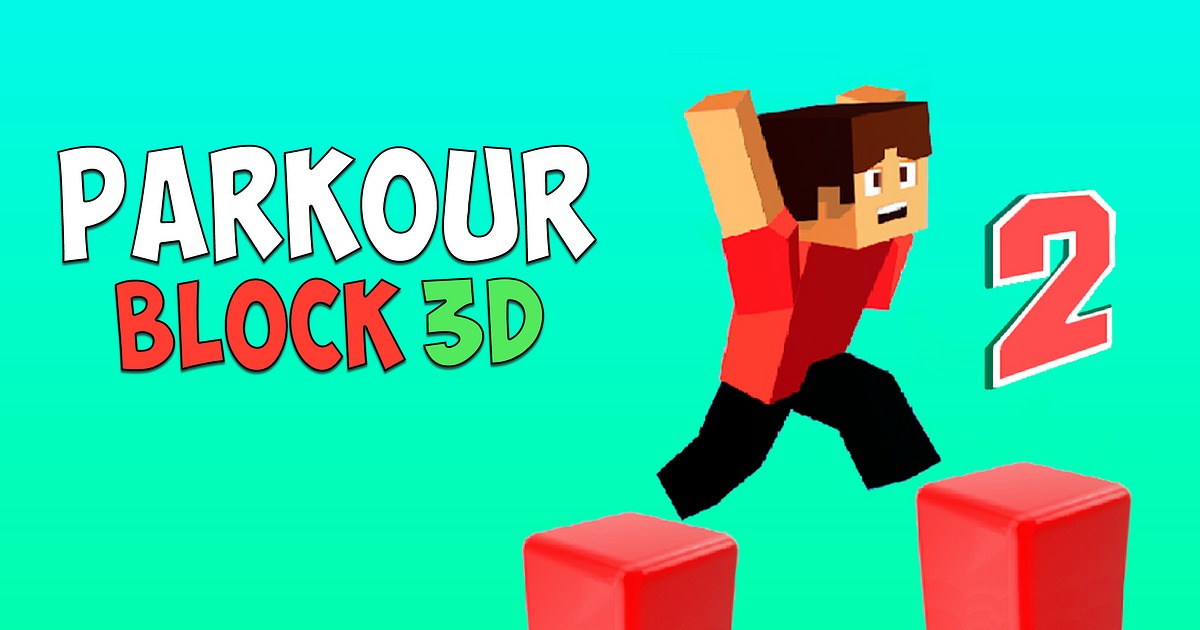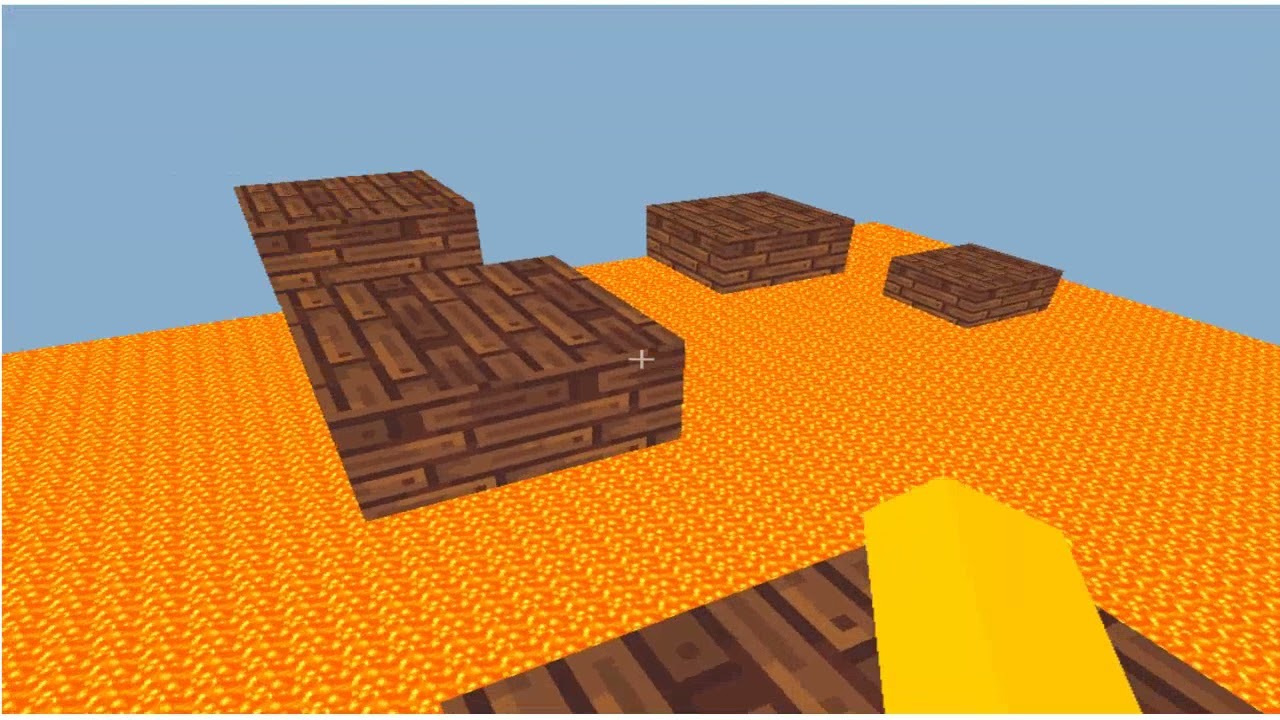🎉 Content Unlocked!
You now have full access to this feature or content.
You now have full access to this feature or content.

Play Parkour Block 2, a thrilling 3D platformer! Jump, run, and dodge through challenging parkour levels in this fast-paced HTML5 skill game — no download needed!
Parkour Block 2 is an action-packed HTML5 3D platformer where quick reflexes and precision jumps are the keys to victory. Inspired by Minecraft-style graphics, this game challenges you to leap from block to block over lava, spikes, and voids. Timing is everything — one wrong move and you're starting over.

With first-person controls, Parkour Block 2 offers an immersive parkour experience right in your browser. The levels get progressively harder, testing your agility, coordination, and reaction time. There's no story, no fluff — just pure skill-based gameplay. Whether you're a casual gamer or a hardcore jumper, this game will keep your heart racing and hands sweating.

Playable on mobile, tablet, or PC with no download or installation, Parkour Block 2 is the perfect browser skill game for fans of obstacle course games, Minecraft parkour, and speed-running challenges. Ready to jump into the lava-filled madness? Let’s see if you’ve got the moves to finish every level.